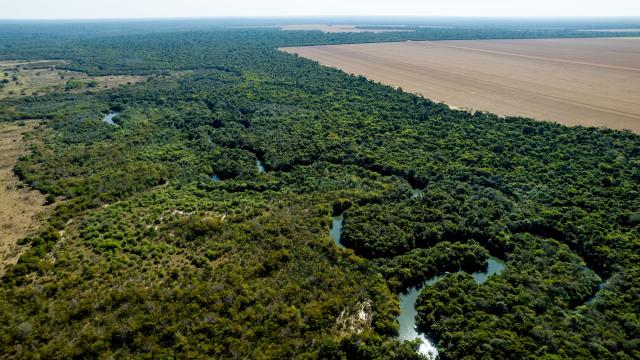When the world ground to a halt in 2020, COVID-19 brought the stark reality of zoonotic disease into every corner of our lives. Zoonotic diseases are those that can jump from animals to people, and COVID-19 is just one example.
Up to 60% of all new and emerging infectious diseases of the past few decades have come from animals and these spillovers are on the rise. Why? Because we’re pushing nature to its limits.
Emerging science shows a clear link between deforestation and the increased risk and spread of zoonotic diseases. When forests are destroyed or fragmented, wildlife loses its home. Animals that may carry diseases, such as bats, rodents and primates, are forced into smaller areas or closer to towns and villages. These tighter interactions create perfect conditions for viruses to jump species.[1]
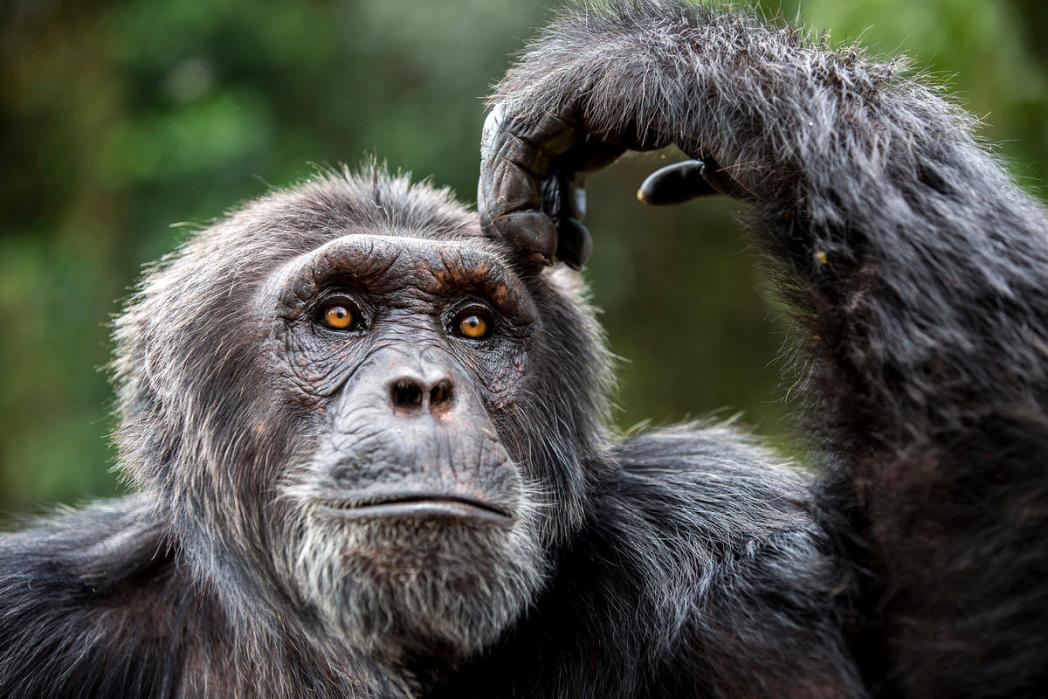
The Amazon: A deadly breeding ground for malaria
Malaria has killed more than 220 million people globally.[2] It spreads through mosquitoes, and some disease-transmitting species thrive in areas where forests have been partially cleared. Here, sunlight hits the ground and standing water pools, creating an ideal breeding ground for these insects. A study found that a 1% increase in deforestation is associated with a 6.31% rise in malaria cases.[3]
Drivers of deforestation in the Amazon include expanding cattle ranching, agriculture, and infrastructure. By improving land-use planning, decreasing wildlife and livestock interactions and monitoring diseases, the Amazon could become a vital way for us to protect against this disease.[2]

West Africa: Ebola emerges from fallen forests[2]
In the vast forests of West Africa, a different disease tells a similar story.
Ebola has claimed over 13,000 lives since it was first identified in 1976. It is a terrible virus with a death rate of around 50% and no cure. The disease is deeply tied to the forests of West and Central Africa where it likely originated from fruit bats, porcupines and primates, before jumping to people and spreading. Humans can act as virus reservoirs, harbouring the disease for a long time before triggering new outbreaks.
Studies have shown that the highest risk for an Ebola outbreak is not where human populations are densest, but where forest disturbance is greatest — it’s where and how we’re interacting with nature that’s the problem. Many Ebola outbreaks occur where agriculture, logging, and mining operations have pushed deeper into forests, so people and wildlife come into dangerous contact. Infections result from contact with carcasses of wildlife carrying the virus, such as chimpanzees, apes and forest duikers. People preparing and eating bushmeat are most at risk. Waves can start in isolated forest villages, but spread to towns and cities, as it has a high infection rate from person to person.
Alongside our work to reduce the illegal harvesting of fuelwood and people's reliance on bushmeat, WWF is working with partners to support the early detection of disease spillover.
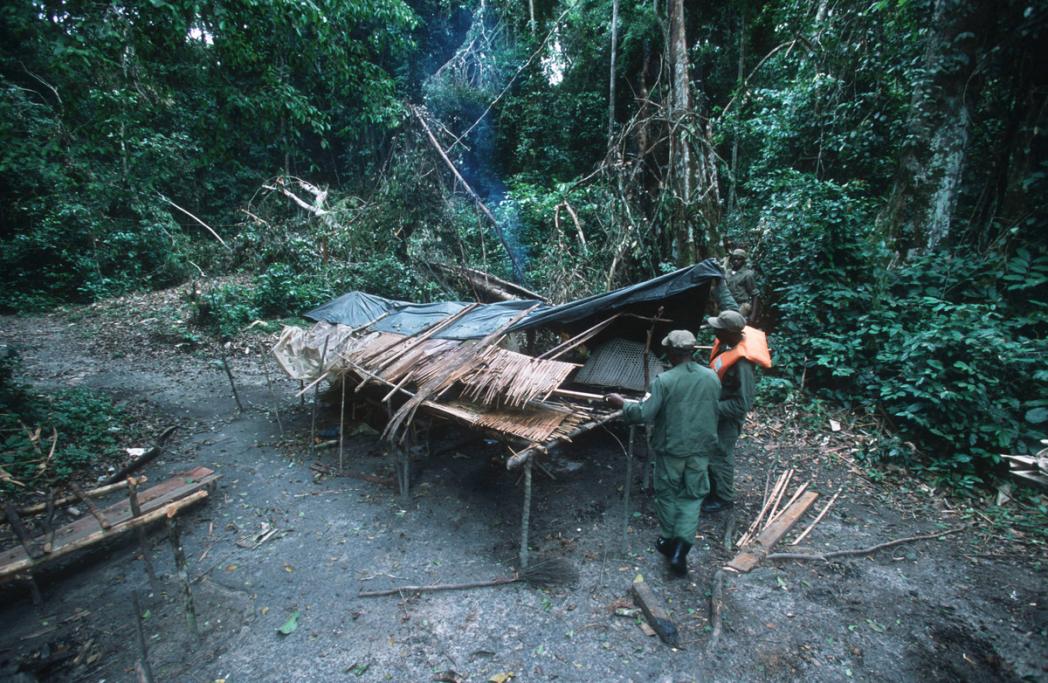
North America: Suburban sprawl fuels Lyme disease
In the United States, deforestation takes a more suburban shape. As housing developments expand into fragmented forest patches, Lyme disease has become the most reported vector-borne illness in the country, with around 30,000 cases reported each year.[1]
Lyme disease is a bacteria passed to people through ticks when they consume the blood of an infected animal and then pass it on to people through bites. As forest quality in the US declines, the diversity of wildlife reduces. Animals such as white-footed mice are able to thrive in degraded forests, and they are also prime hosts for Lyme-carrying ticks.[2] Meanwhile, predators and species that don’t spread the disease vanish. The result? A rising tide of infections.
This phenomenon is known as the “dilution effect.” The more diverse an ecosystem, the more buffers we have against disease. Some animals such as tree squirrels, don’t make good hosts so can’t spread the disease. Therefore, greater biodiversity results in less chance of exposure to the disease.[1]
Landscape restoration, responsible forest management, wildlife protection, and housing development that avoids fragmenting forests can help mitigate this risk. Consumers can also help by purchasing wood and paper products with the Forest Stewardship Council® (FSC) label.[2]
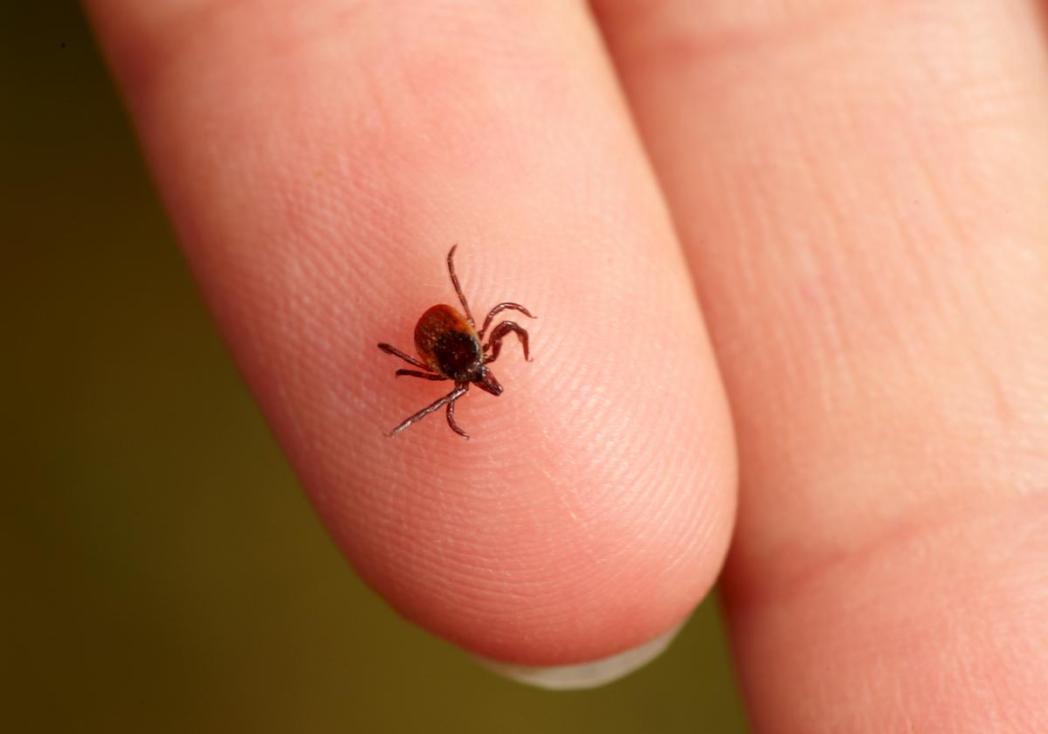
The Bigger Picture: One Health and the Path Forward
The patterns are clear. Whether it's Ebola in Guinea, malaria in Peru, or Lyme disease in Connecticut, forest loss is a global health crisis in the making.
But there is hope.
This year, world governments adopted a landmark pandemic prevention agreement recognising the vital link between environmental, animal, and human health. At the heart of that agreement is the One Health approach: a unifying principle that protecting nature is not optional—it is essential.
One Health doesn’t just mean preparing hospitals for the next outbreak. It means tackling the root causes, such as stopping the illegal wildlife trade and protecting high-risk habitats, and investing in sustainable livelihoods for local communities that keep forests intact.
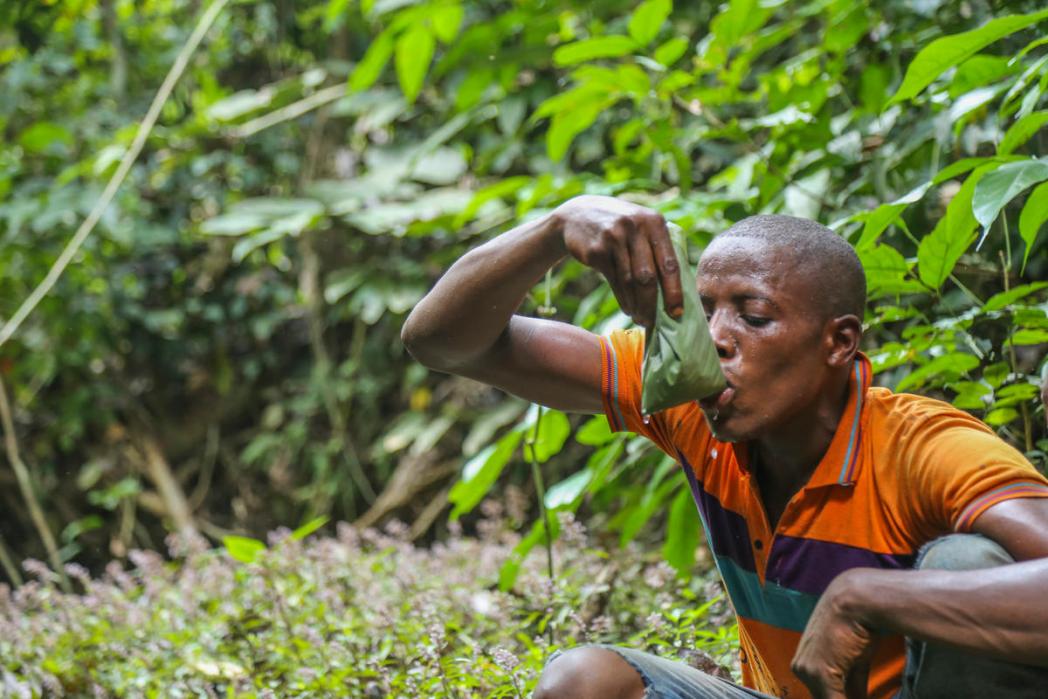
No More Warnings—Just Action
There are thought to be more than 320,000 mammalian viruses still undiscovered, lurking in the wild.[4] Many of them could infect humans. If we keep cutting down forests, we’re only increasing our chances of meeting them. But if we protect these places, not just for the wildlife, but for ourselves, we have a chance to rewrite the future.
It’s time to move from crisis response to prevention. From deforestation to protection. From fragmented efforts to One Health unity.
Because when we protect forests, we protect everyone.
